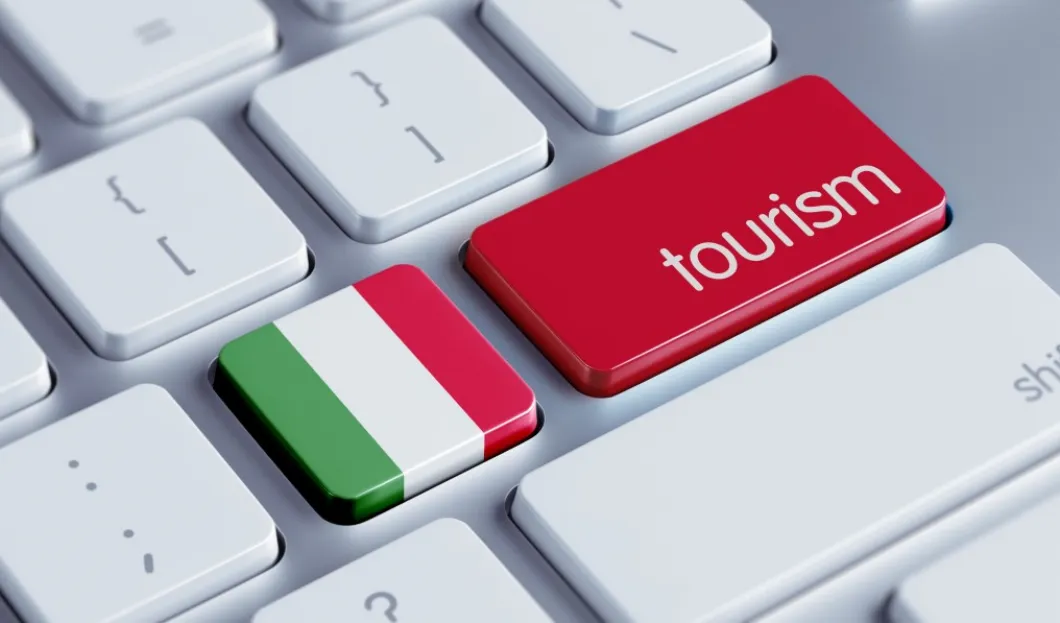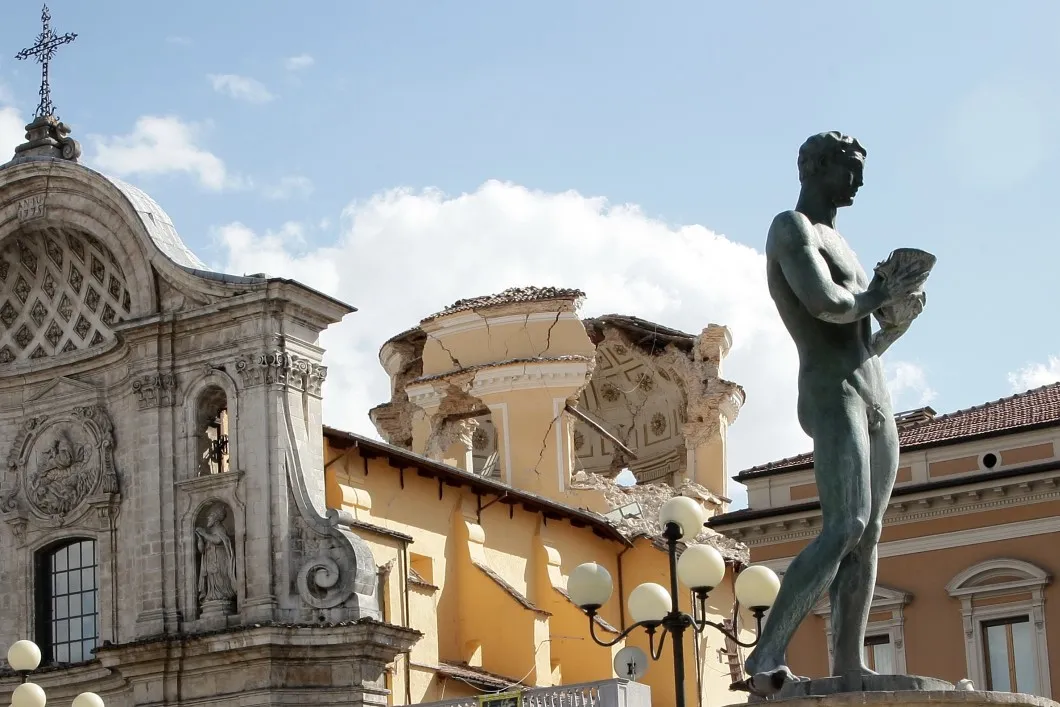
In 2000, Italy was worth 5.8% of the world’s tourist expenditure. Today, the country is at 3%. In the next ten years, if strategies do not change, it will drop to 2.1% of the global tourist GDP, placed 182nd out of 185 countries in terms of the growth of tourist added value. Italian tourism numbers has been steadily decreasing.
As of now, Italy is fifth in terms of foreign arrivals, but eighth in value of tourist GDP (11.1%) and 162nd in terms of investment in tourism. These are just some of the numbers contained in Guido Caselli’s “Invisible Tourism” studio, presented in Ferrara at the “The Economy of Tourism” conference.
It is an Italian tourism analysis that passes through the pitiless international comparison to the recalculation of the tourism wealth for Italian provinces and regions, industries entering the value (on average 100 euro spent on directly tourism activities generate 94% of induced).
The Minister of Cultural Heritage and Tourism, Dario Franceschini, leaves the glass half full. “We are not in a tourism crisis. We are managing impressive growth not only in economic but also structural terms. Because regardless of the domestic trend (and the numbers tell us that the sector is getting many customers and turnover), international tourism is going to be steady in the coming years and we just have to choose which tourism to invest in,” Franceschini said.
Tourism as an Industry
Tourism is, first of all, an industry. Europe forgets this much more than the national government, which in the strategic turn from Industry 4.0 to “Enterprise 4.0” has meant to cover both tertiary and service companies. “Tourism in Brussels does not have a benchmark or budget. It is not considered an industry,” says Franceschini.
“There is no EU program dedicated to tourism development and we regions take the crumbs of funds allocated to other measures,” says Andrea Corsini, Councilor for Tourism in Emilia-Romagna. Yet, if the GDP of Italy will grow this year by 1.5%, it must also be very much thanks to the economy of Italian tourism industry, as confirmed by the fact that the provinces are only 3 points below the pre-crisis GDP. In contrast, the average gap is 7% overall and there is a delay of 11 points in agro-industrial areas.
Industry as Excellence
Tourism as an industry needs to focus on excellence: on the smart, rich, adventurous people looking for a unique experience. “The 6000 tourists on a cruise ship,” explains Franceschini, “invade cities like Venezia or Pompeii without spending a euro and they risk creating tourism where exclusive centers become just runway to shops of multinational industries.”
“It is thus right to defend the originality of our heritage and artistic traditions. The rule that allows mayors to exempt some areas of historic centers from liberalization of licenses has been in force for three months. However, it is yet to be used,” the minister stated.
Quantity and Quality
“It is not enough to be the most desirable tourist brand in the world, if you do not know how to turn into value,” remarks Giuseppe Roma, President of RUR (research centre on urban networks). He brought in an example: the added value for Italian tourism is 173 euros, in Germany almost double – 307 euros, despite the fact that Italy is the world record holder in UNESCO, DOP and IGP sites and has 50% more arrivals than the Alpine country.
It is also not plausible to have 170 thousand accommodation facilities. For example, there are 48 thousand in Spain, a country that has overtaken Italy in foreign arrivals. Only 21% of these are hotels and the rest B&B, second homes, farmhouses, which are often beyond statistics as well as quality standards required by a demanding traveler.
Poor Numbers
It is not the number of arrivals and foreign tourists today that tells about the wealth and employment generated by tourism. Although it would be wrong not to celebrate the more than 68 million presences (+5.5% in the first eight months of 2017) that Veneto will achieve this year – anticipates the regional councilor Federico Caner.
And yet Emilia-Romagna is about to return to the 50 million presences of the golden pre-mucilage years. Two regions that together are worth almost double the attendance from all over the South, according to Istat. “In order to understand the Italian tourism demand, we need to move the lenses on the web, social media and analyze the big data related to the use of mobile phones and payment cards, to provide real-time output. We must also begin to measure the costs of tourism development (inhabitants’ distress, property damage),” adds Jan Van der Borg, professor of Tourism Policy in Venice.
Training Needed to Achieve Growth
The fact remains that Italians today live without merit. Surrounded by a wealth of beauty among history, nature, architecture and more, which could be worth twice as well-being returned to the community.
Some research centers have already said in studies on Italian tourism competitiveness that the country could bill 15 billion more just by taking advantage of what is already at home. “We must now aim to shift from 173 euros of added value in tourism to 250. Meanwhile, let’s stop promoting our country in Europe and aim to Asian, Chinese, South American tourists. There is a huge pool of foreign tourists with high budgets to be won in distant countries that are worth a few percentage points in arrivals,” urges Roma. However, it is necessary to start working together – territories and operators.










